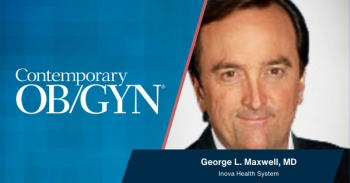
Cord Blood Awareness: Quick facts
For Cord Blood Awareness Month, here are some updated usages and FDA regulations for practitioners using cord blood.
According to the American College of Obstetricians and Gynecologists (ACOG), there are several benefits of using the stem cells in cord blood to treat disease1, including:
- Stem cells from cord blood can be given to more people than those from bone marrow. The stems cells in cord blood are less likely to be rejected than those in bone marrow.
- It is easier to collect cord blood than bone marrow, as bone marrow collection poses risks and can be painful for the donor.
- Unlike bone marrow stem cells, cord blood can be used to strengthen immune systems during cancer treatments.
ACOG also notes, however, that cord blood does not contain as many stem cells as bone marrow. “Units from several donors can be combined to increase the number of stem cells if a transplant is needed for an adult.”
Cord Blood Banking
As many ob/gyns know, cord blood must be stored carefully. According to the Food and Drug Administration, “cord blood stored for personal use, for first- or second-degree relatives, and that also meets other criteria in FDA’s regulations, does not require the agency’s approval before use. Private cord banks must still comply with other FDA requirements.”
“Not every cord blood unit will meet requirements for public banking, adds Safa Karandish, M.T., an FDA consumer safety officer. If that happens, some of this donated cord blood may be used for non-clinical research.”2
References
- Cord Blood Banking. American College of Obstetrics and Gynecology. Accessed July 6, 2020.
https://www.acog.org/patient-resources/faqs/pregnancy/cord-blood-banking#advantages - Cord Blood: What You Need to Know. Food and Drug Administration. Accessed July 6, 2020.
https://www.fda.gov/consumers/consumer-updates/cord-blood-what-you-need-know?deliveryName=USCDC_277-DM31597
Newsletter
Get the latest clinical updates, case studies, and expert commentary in obstetric and gynecologic care. Sign up now to stay informed.










